Arabescato Garfagnana
 Italy
(Carrara, Provincia di Lucca, Toscana)
Italy
(Carrara, Provincia di Lucca, Toscana)
Petrographic definition: Marble
Massa Unit Volume: 2724 Kg/m3
Water absorption: 0.40%
Compression breaking load Simple: 132 MPa
Compression breaking load after freezing: 108 MPa
Tangent elastic modulus: 76,000 MPa
Indirect Tensile Strength by bending: 20,7 MPa
Coefficient corresponding Abrasion (referred to Granite St. Fedelino): 0.69
Impact resistance: minimum fall height: 41 cm
Coefficient of linear thermal expansion: 7.1 x 10-5 0C-1
Source: Guida “Marmi italiani” - F.lli Vallardi Editori - I.C.E. 1982

Is it safe to use Arabescato Garfagnana mortar and pestle?

What are the different types of Arabescato Garfagnana columns?

How thin can Arabescato Garfagnana be cut as tiles?

What is the difference between Arabescato Garfagnana and Calacatta Extreme?

What is the chemical composition of Arabescato Garfagnana?

How thick is Italy's Arabescato Garfagnana Marble slabs?

Does Arabescato Garfagnana easly stain?

Does Arabescato Garfagnana scratch easily?

Can Italy's Arabescato Garfagnana Marble be used exterior applications in very dusty climates?

Can Arabescato Garfagnana be used for pool coping?

How should I clean Arabescato Garfagnana countertop?

Can Arabescato Garfagnana be used as a tabletop?

How can I clean Arabescato Garfagnana floor tiles?

Are there color variations of Italy's Arabescato Garfagnana Marble?

How can I repair the scratched surface of the Arabescato Garfagnana wall tiles?

What thickness of Arabescato Garfagnana backsplash tiles would be better?

Can I use Arabescato Garfagnana for commercial bar countertop?

What are the different types of Arabescato Garfagnana moldings style?

Can Arabescato Garfagnana be used as a mortar pestle?

What is the physical properties of Arabescato Garfagnana?

Is Arabescato Garfagnana durable for use as outdoor patio pavers?

Can I use Arabescato Garfagnana for kitchen countertop?

With Arabescato Garfagnana kitchen countertops, which color glass mosaic backsplash should I choose?

What thickness of Arabescato Garfagnana kitchen countertop would be better?

Is Italy's Arabescato Garfagnana Marble an expensive stone?

Can Italy's Arabescato Garfagnana Marble be used in a kitchen?

With Arabescato Garfagnana kitchen countertops, which color kitchen cabinets should I choose?

What are the different types of Arabescato Garfagnana mosaics style?

Can Arabescato Garfagnana be used in a Turkish hammam as a wall and floor covering?

Can Italy's Arabescato Garfagnana Marble be used in landscaping?

What is the coefficient of friction of Water Jet Cut Italy's Arabescato Garfagnana Marble tiles?

What grade is Italy's Arabescato Garfagnana Marble?

Can Arabescato Garfagnana be used as a kitchen cutting board?

How to repair the scratched Arabescato Garfagnana kitchen countertop surface?

What should be the minimum thickness of the Arabescato Garfagnana table top?
The request includes: 1. surface finished, size 2. quantity required






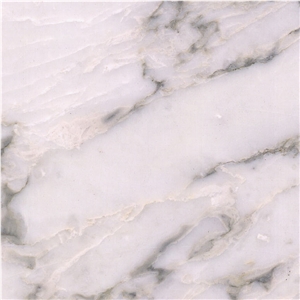
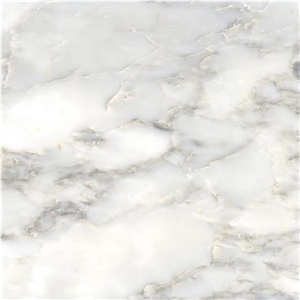
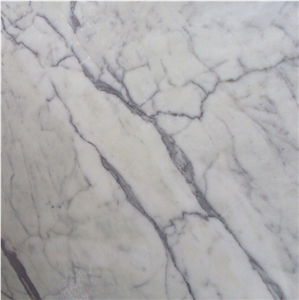
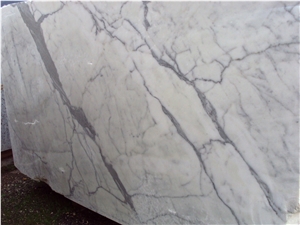
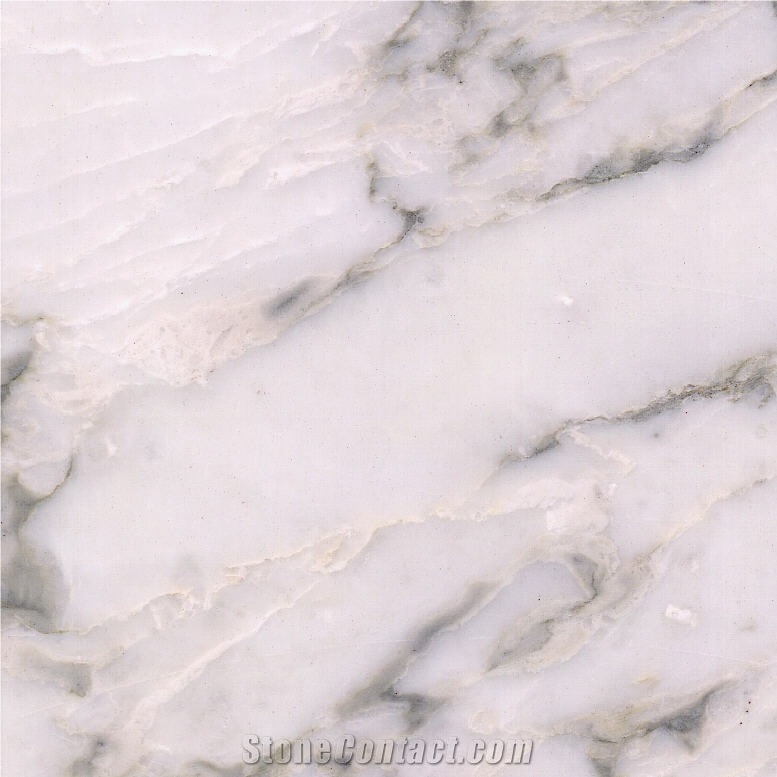
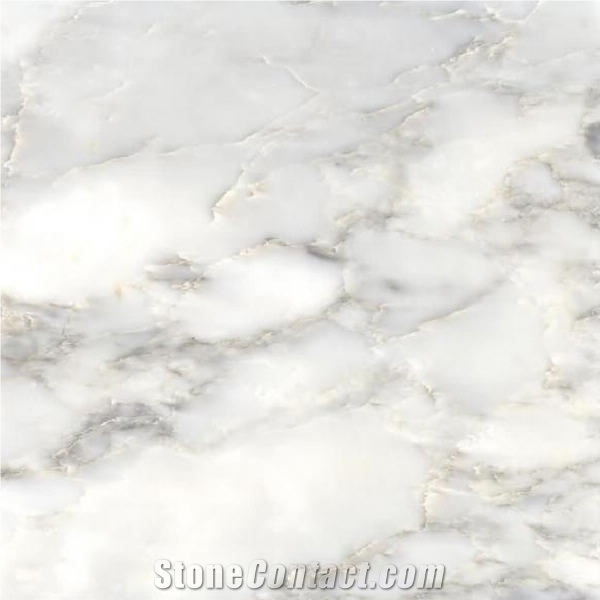
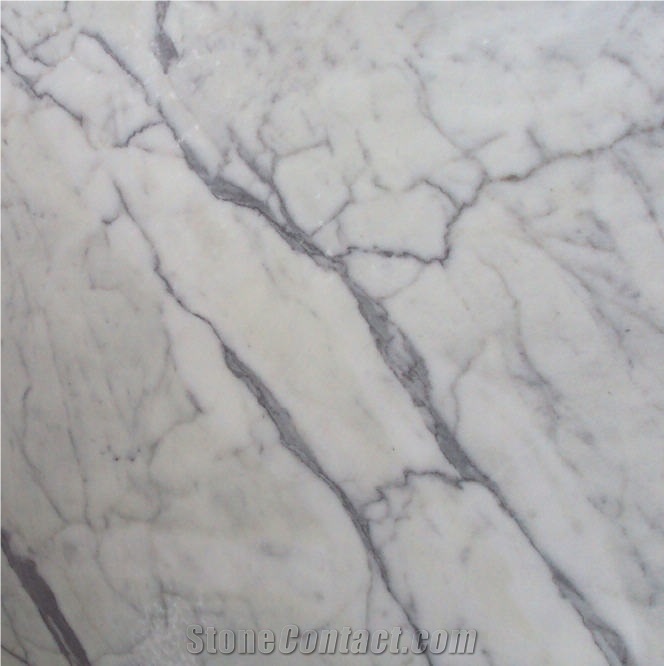
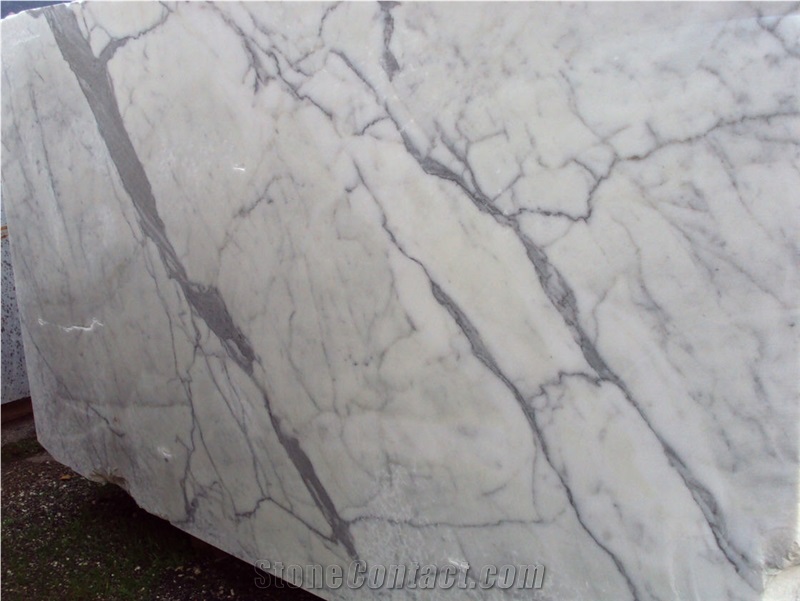

 China
China